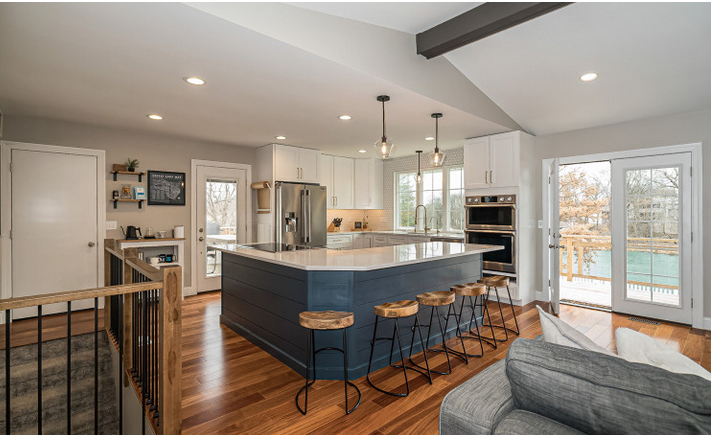
Sustainable Building Materials Redefine Raleigh’s Urban Landscape
Raleigh, North Carolina, once known for its traditional skyline of red-brick buildings, is undergoing a quiet revolution. The colors haven’t changed, but the materials have. The city that was once a bastion of traditional construction now showcases a growing number of green structures.
The movement is driven in part by the broadening realization that sustainability isn’t just a buzzword—it’s a necessity. In 2020, Raleigh made significant strides in its environmental commitments, and the construction industry remains integral to this shift. Sustainable building materials like recycled steel, engineered wood, and energy-efficient glass are replacing conventional resources to craft buildings that reflect Raleigh’s green ambitions.
These materials aren’t just environmentally conscious; they’re high-performing. Engineered wood, for example, offers tensile strength superior to traditional plywood, while recycled steel can be just as robust as its freshly-minted counterpart. This confluence of sustainability and efficiency is redefining the urban landscape in Raleigh, making it more resilient for the future.
The Integration of Technology in Building Design
The advent of cutting-edge technology has also played a pivotal role in Raleigh’s sustainability renaissance. From 3D printing to Building Information Modeling (BIM), these tools are not only making construction more precise but also significantly reducing waste. By digitally planning every aspect of a building, down to the last bolt, architects and engineers are able to eliminate much of the extraneous material that would have been used in a more traditional design process.
Simultaneously, robotics and automation are turning science fiction into reality. In some construction sites across Raleigh Remodelers, drones monitor progress from above, and autonomous vehicles transport materials on the ground. These innovations not only improve the efficiency of the construction process but also make the industry increasingly safer for workers, which in turn is attracting more skilled labor to the job sites.
The Cultural Shift in Raleigh’s Construction Industry
Adopting a culture of sustainability isn’t just about using the latest technology or materials; it’s a shift in mindset that permeates the entire industry. This cultural shift is evident in Raleigh through the increased collaboration between builders, architects, and environmental experts. More projects are undergoing rigorous sustainability certifications, ensuring that the rise of green building is not just a fleeting trend, but a long-lasting change.
Furthermore, community engagement plays a crucial role. Raleigh’s construction firms are increasingly working with local communities to create structures that not only use resources responsibly but also serve the needs of the surrounding population. This includes the development of affordable housing, design initiatives that promote public health, and creating more public spaces.
Raleigh’s green construction movement is not just about erecting a new physical infrastructure; it’s about creating a sustainable and connected community. The continued innovation in materials, technology, and culture sets a new standard for the industry. Through these changes, Raleigh paves the way for a future where the built environment is not just a product of the past but a reflection of the sustainable aspirations of the people who inhabit it.